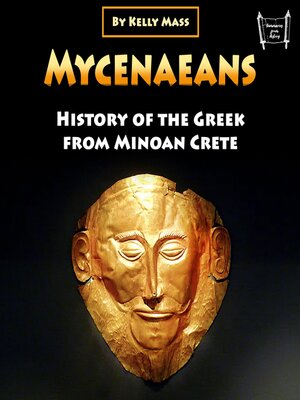
Sign up to save your library
With an OverDrive account, you can save your favorite libraries for at-a-glance information about availability. Find out more about OverDrive accounts.
Find this title in Libby, the library reading app by OverDrive.



Search for a digital library with this title
Title found at these libraries:
| Library Name | Distance |
|---|---|
| Loading... |
This audiobook is narrated by a digital voice.
The final epoch of Ancient Greece's Bronze Age, known as Mycenaean Greece or Mycenaean civilization, unfolded approximately from 1750 to 1050 BC. Signifying the emergence of mainland Greece's inaugural sophisticated and distinctly Greek civilization, it introduced palace states, urban structures, artistic endeavors, and a written script. The Mycenaeans, indigenous Greeks, likely drew inspiration from interactions with Minoan Crete and other Mediterranean cultures, propelling them toward a more intricate sociopolitical system. The eponymous Mycenae held prominence, but power centers also emerged in Pylos, Tiryns, and Midea in the Peloponnese, Orchomenos, Thebes, and Athens in Central Greece, as well as Iolcos in Thessaly. Mycenaean and Mycenaean-influenced settlements were found in Epirus, Macedonia, Aegean Sea islands, Asia Minor's southwest coast, the Levant, Cyprus, and Italy.
Mycenaean Greeks pioneered advancements in engineering, construction, and military infrastructure, sustaining their economy through extensive Mediterranean trade. Linear B, their syllabic script, housed the earliest written records of the Indo-European Greek language, while their religion featured deities also present in the Olympic Pantheon. Governed by a warrior elite culture, Mycenaean Greece comprised a network of palace-centered states with tightly woven hierarchical, political, social, and economic structures, led by a monarch known as a wanax.







